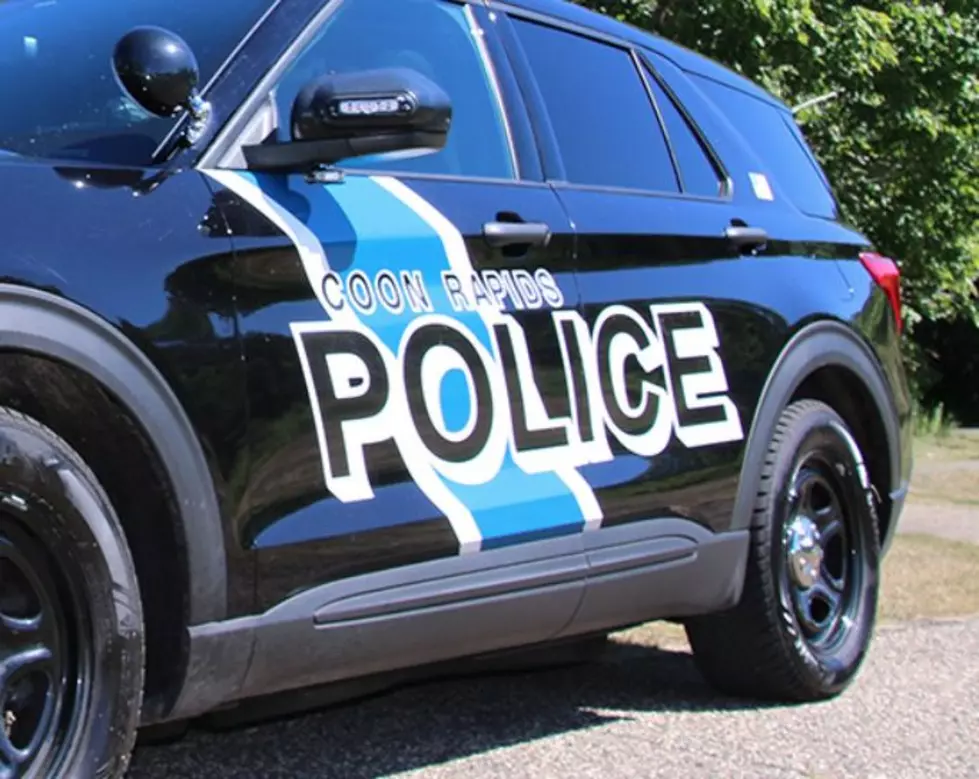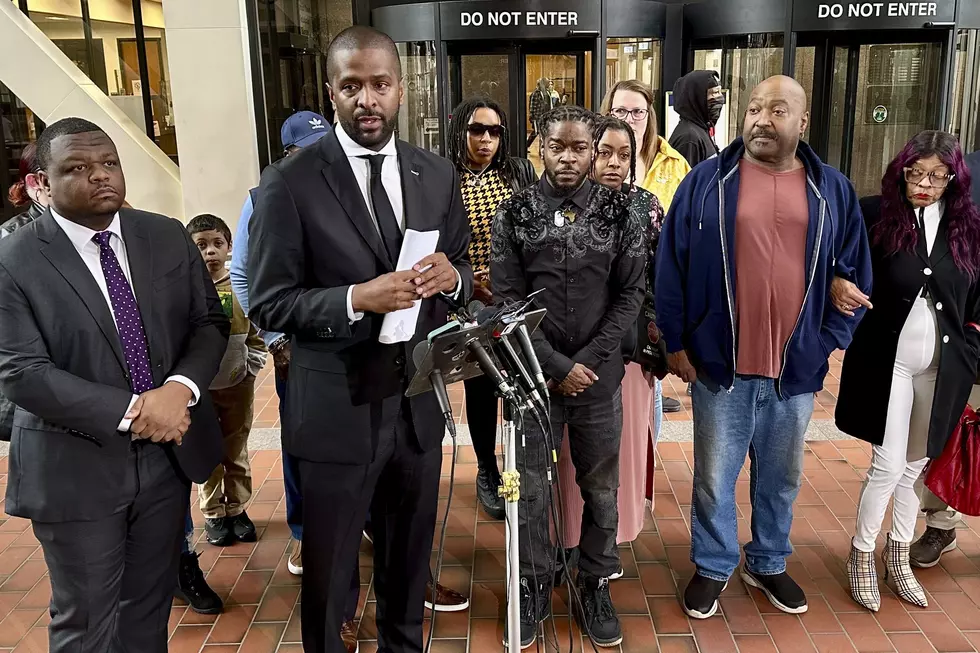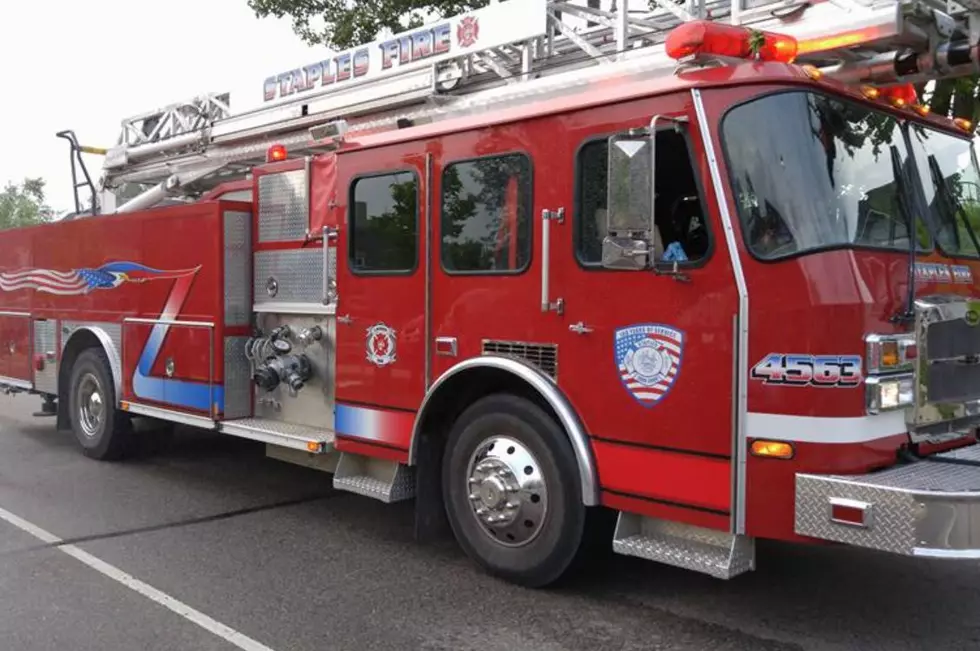
Study Shows Electric Cars Could Tax Minnesota Power Grid
MINNEAPOLIS (AP) — While electric vehicles have the potential to help manage demand on the grid, a recent pilot study in Minnesota finds that's not likely to happen on its own.
The Wright-Hennepin Cooperative Electric Association in the western suburbs of Minneapolis told 12 electric vehicle owners to drive and charge as they typically would without regard to its overnight charging incentive program. The utility wanted to see how drivers operate without market signals.
What it found was that without those incentives, electric vehicle drivers tend to charge when they return from work, further straining the grid at peak demand times.
"Consumers are charging when they get home from work out of habit and caution," said Tim Sullivan, the cooperative's president and CEO.
Electric vehicle charging can increase household electricity consumption by 30%, an impact on the utility infrastructure not experienced since the advent of air conditioning, Sullivan said. Without technology and incentives to push charging to overnight hours, utilities may have to build infrastructure to manage greater peak demand, he said.
___
The nonprofit news outlet Energy News Network provided this article to The Associated Press through a collaboration with Institute for Nonprofit News.
___
The cooperative has no firm count of electric vehicles in its territory, but the number could be as high as 1,300 drivers, he said.
The added load of electric vehicles on the grid could become a growing problem for every utility. The electric vehicle software provider FleetCarma this year released the results of a study showing the cars will have the greatest impact on neighborhood infrastructure rather than on generation and transmission. Five or six electric vehicles charging at once could cause an outage on a neighborhood transformer, the report said. And having to rely on natural gas peaker plants to meet demand would undercut the emissions benefits of electric cars.
"We do see potential infrastructure issues due to clustering," Sullivan said. "It is a concern. In fact, we have already conducted high-level engineering reviews to determine what feeders and substations might be most impacted and what the upgrade costs might be."
Grid congestion increases in suburban areas because vehicle owners there drive "on average 80% farther daily than their urban counterparts," according to FleetCarma's Charge the North report. The organization bills the report as the largest study ever conducted vehicle charging.
Using data from its home base in Canada, FleetCarma found electric vehicle owners will charge later if they receive financial incentives to do so. Vehicle owners who lived in areas with "time of use" pricing that encouraged overnight charging tended to not plug in during peak hours. Only 2% to 4% of vehicle owners in Ontario and Québec charged during peak hours, with at least seven of 10 plugging in after midnight.
Utilities offering overnight rates in Minnesota for electric vehicles have not quite achieved that performance. Wright-Hennepin and the Dakota Electric Association, another suburban cooperative, have seen half of their electric vehicle owners participate in overnight charging programs. Rates can be from half to two-thirds less than what utilities would otherwise assess customers for charging during high demand times.
Pushing consumption to low demand periods helps absorb inexpensive wind generation that powers a significant portion of the Midwestern electric grid overnight, Sullivan said. Customers also save a great deal of money. Charging vehicles from noon to 10 p.m. costs 20 cents per kilowatt-hour; after 11 p.m., the price drops to 6 cents per kWh.
A standard electric vehicle battery requires roughly 30 kWh to achieve a 100-mile charge. Wright-Hennepin Electric's rates would range from $6 on-peak for a charge to $1.80 overnight for a full charge.
Customers enrolled in the overnight charging program who need a quick charge can still get one in peak hours. Most customers drive 25 or fewer miles and may need an occasional brief charge before running errands or transporting family members to events, Sullivan said.
Another reason the cooperative wants overnight charging is to avoid high demand charges. Power producers assess commercial and industrial customers' demand fees in addition to their monthly bills for electric consumption. Utilities base the charge on the highest amount of power a customer draws in 15 minutes during a billing cycle.
Just like any business customer, Wright-Hennepin pays demand charges. If vehicle chargers draw electricity at the same time as other appliances are in use, demand fees could skyrocket, Sullivan warned. The costs would have to be spread among all customers, though, not just electric vehicle owners.
Great River Energy, which supplies power to Wright-Hennepin and other Minnesota cooperatives, will introduce a new rate structure to reduce demand charges for vehicle charging. Other Minnesota utilities are reducing demand charges to accommodate the growing number of electric vehicles.
Despite the pilot being relatively small, the results led Wright-Hennepin to invest in ZEF Energy, the largest independently owned fast-charging company in Minnesota and Wisconsin. The cooperative, which has made investments in other companies, liked the technology embedded in ZEF's chargers that allows utilities to control charging times, Sullivan said.
"We see it as a natural partnership because they like what we're doing, and they need the technology anyway, and they see other co-ops will need it too," said Matthew Blackler, CEO and founder of ZEF.
Wright-Hennepin's discovery that clusters of electric vehicles in neighborhoods could pose a challenge to the distribution grid came as a surprise to both Blackler and the utility. More research is needed, Blackler said, and more is on the way. Great River Energy plans to capture data after installing more than 200 ZEF chargers in the homes of residential customers of member co-ops.
The project will help Great River Energy's members plan for more electric vehicles and decide whether they need infrastructure upgrades. "At the moment they don't know" what the impact of electric vehicles on their systems will be, Blackler said.
Cooperative customers may be more inclined to take advantage of time-of-use rates because they are accustomed to them. Cooperatives have offered time-of-use programs for decades, said Jeff Haase, Great River Energy's head of member technology and innovation.
The company charges more than 100,000 water heaters overnight or intermittently, offering participants a deal on their utility bills, Haase said. Other co-op programs schedule air conditioning and change sources on dual fuel electric heating and natural gas-propane systems, he said.
"We have a lot of members enrolled in these programs, and we're using them to move load daily," he said. "I think this will help with the adoption of overnight programs by EV owners. They're similar programs. We'll be able to offer a price signal to customers and reduce infrastructure investments to cover demand during peak hours. That's the ultimate goal."
Incorporating technology that allows delayed charging is "incredibly important," Haase added. "It guarantees those kilowatt-hours and energy consumption is being put on at the most advantageous time."
Sullivan agrees. Overnight charging "benefits consumers because they come out ahead financially, it helps us manage our load, and it helps the environment," he said.
More From KROC-AM









